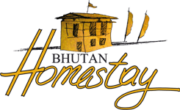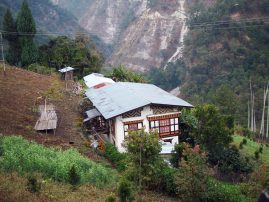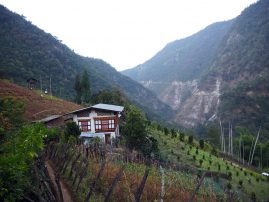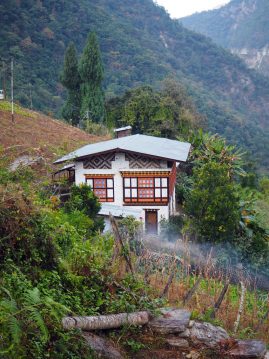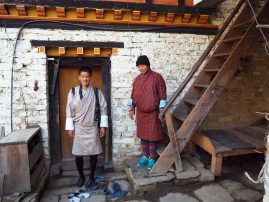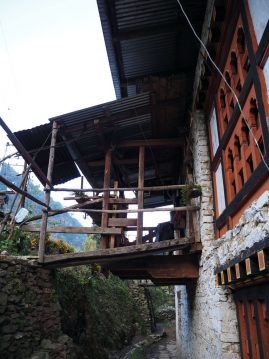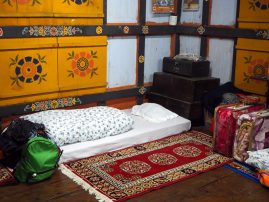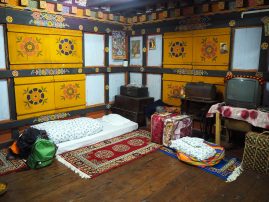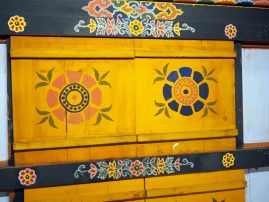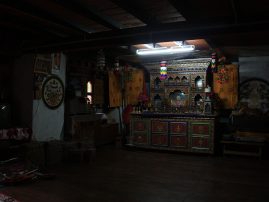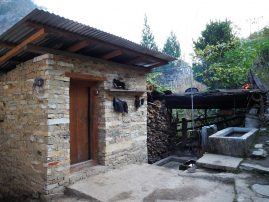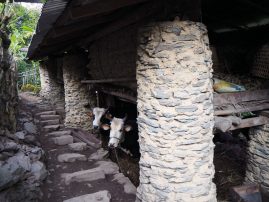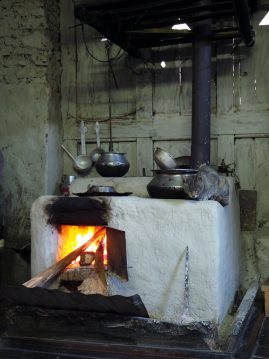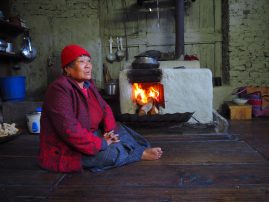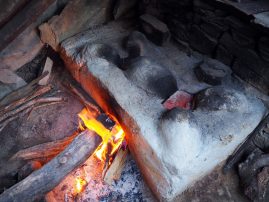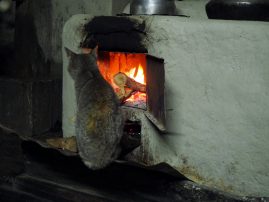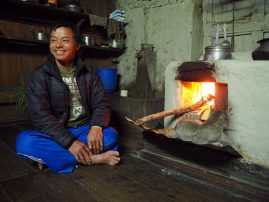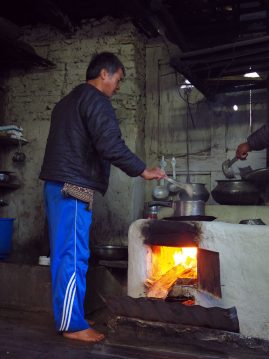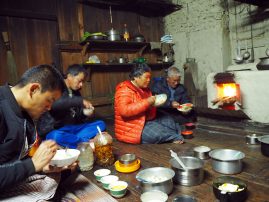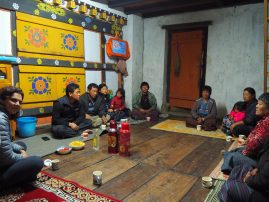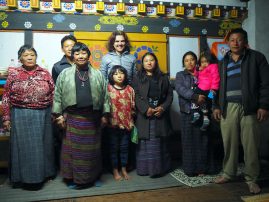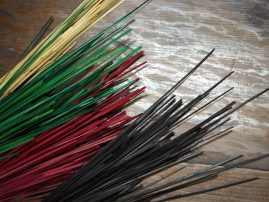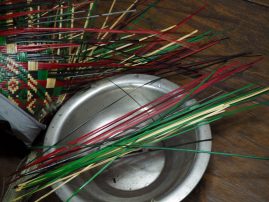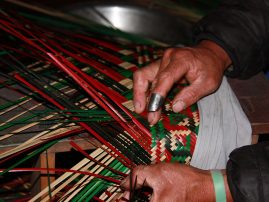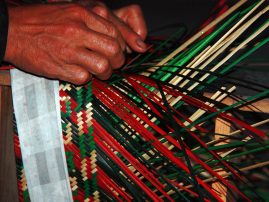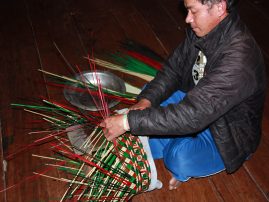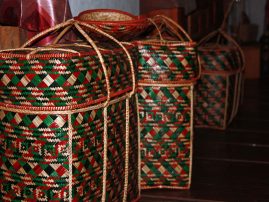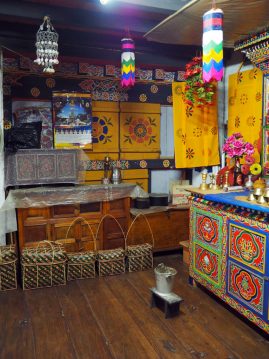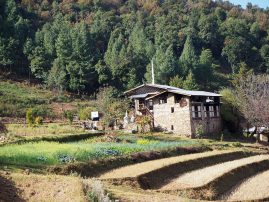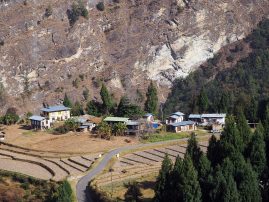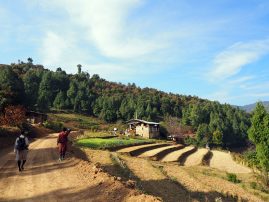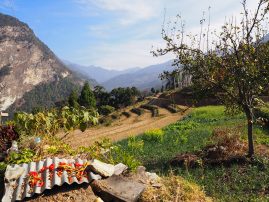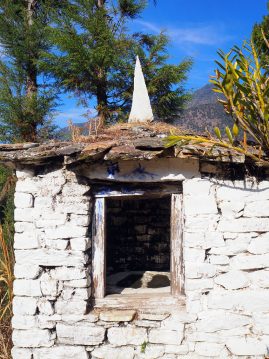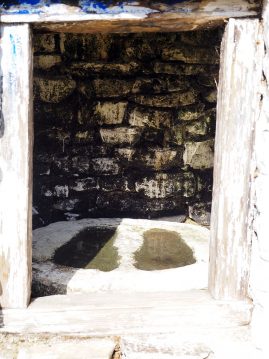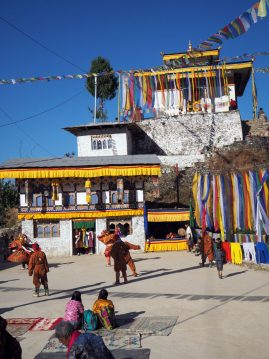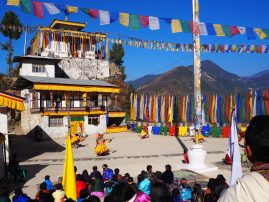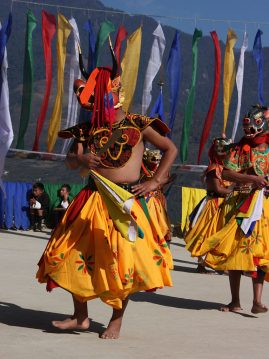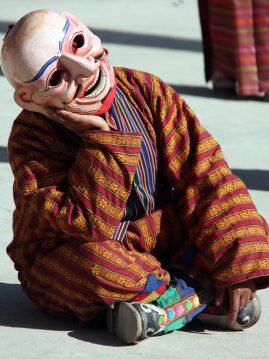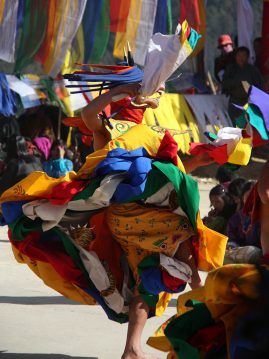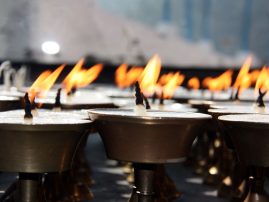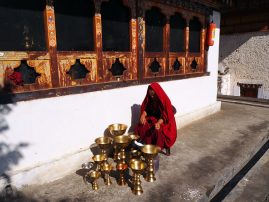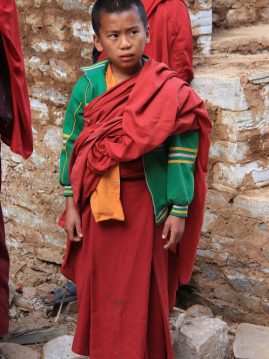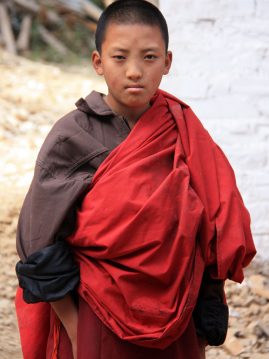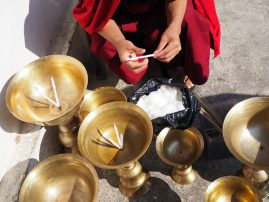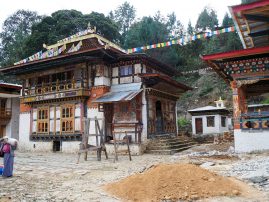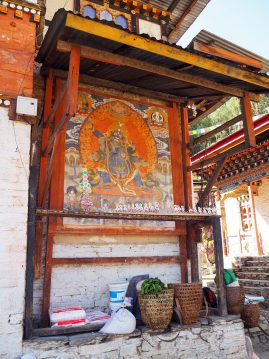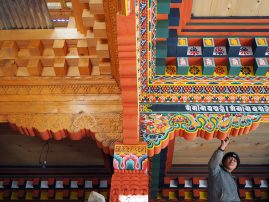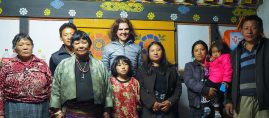Pema Choden Farmstay is our hidden gem in Kangpara, one of the remotest geogs under Trashigang district. A geog is a cluster of villages that form an administrative unit. Kangpara lies approximately halfway between Trashigang town and Samdrup Jongkhar in the South and the climate is pleasant in the winter and rather hot in summer.
Kangpara is fertile with rich flora and fauna where a variety of vegetables and fruits grow in abundance. However, this peaceful place is rarely visited by tourists. That makes it a great destination in the East for those who want to get off the beaten track and immerse deeper into local culture and village livelihoods. The Kangparap are extremely hospitable, fun-loving and friendly people. If you stay at Pema Choden’s you will most likely experience tsogchang, a traditional welcome in East Bhutan. If guests arrive at a house in Kangpara, villagers will gather there in the evening and offer ara (local moonshine) and some edibles (maize, rice, eggs). The ara will be heated, mixed with fried egg and served to the guests. It often leads to singing and dancing until late night whilst ara keeps flowing. Usually the guest will reciprocate with some cash for the ara and the singing and dancing.
During winter months in general the East is great to visit as there will be many festivals and household rituals going on. It is during this time of the year that the villagers have time to renew their bonds with the local deities and go on pilgrimages.
Kang-para literally means “footprint”. The great lama Drupthob Dong-nga Rinchen visited Bodh Gaya and on his return, brought with him imprints of Lord Buddha’s footprints. Using them as a model, he carved the footprints on a stone in the hermitage. It is considered by the people as one of the most sacred relics of the lhakhang along with the Drupthob’s walking cane.
Among connoisseurs it is well known that the Kangparap are unparalleled craftsmen- and women. Here you get the best quality of bangchung and baskets. The raw material used to weave is called ringshu (cane). Farmers cultivate chillies, paddy and maize. Try the delicious karang here, a mix of rice and maize.
Lamai Gonpa
The Origin of Lamai Goenpa dates back to the time of Tibetan Prince Lhasay Tsangma, sometimes in the 10th Century (unverified). The hermitage was in-between a cliff – not at the present site, perched spectacularly viewing three villages-Zordung, Kangpara and Bedingphu. The story of the remains of the hermitage is little known by the surrounding people. However, the present monastery, actually named as Lhundrup Samten Choling, popularly known as Lamai Goenpa, is located some 100 meters away from the past location, beyond a ridge of the Tshephu cliff. It is surrounded by Chenla, a mountain pass which is considered to be the most sacred and must-visit pilgrimage spot in the area.

